Over the years, I’ve tested and used dozens of SEO tools. The truth is, the best SEO pros rely on a small stack that delivers accurate data, clear workflows, and repeatable results.
Whether you’re just starting your SEO journey or you’re an experienced professional looking for sharper, faster tools, this guide has you covered.
The Top 5 Best SEO Tools in 2025
- Semrush – Best overall all-in-one SEO platform
- Ahrefs – Best for deep technical and link intelligence
- Yoast – Best SEO plugin for WordPress
- Screaming Frog – Best site crawling and auditing software
- Pitchbox – Best outreach and link-building CRM
Two platforms dominate most SEO workflows today: Semrush and Ahrefs. Moz Pro is still a solid alternative, but you’ll typically pick one of these as your primary data source.
These tools power rank tracking, keyword research, competitive analysis, and link intelligence. You don’t need them all—choose one core platform and use it deeply.
Trying to run serious SEO without a core platform makes everything slower and less accurate. I’ve done it—big mistake. Choosing one early gives you a meaningful edge.
After you pick your main platform, set up Google Analytics 4 and Google Search Console. They’re free, essential, and provide the most authoritative first-party data for your site.
If your website has unique needs—enterprise crawling, complex outreach, or block-level content optimization—add specialty tools as needed.
Here’s the simple roadmap:
- Choose your main SEO suite: Semrush, Ahrefs, or Moz Pro.
- Install a trusted SEO plugin if you’re on WordPress.
- Use a dedicated crawler if your site is medium-to-large.
- Add an outreach tool if link acquisition is a focus.
- Set up Google Analytics 4 (GA4) and Google Search Console (GSC).
Best SEO Tool Overall: Semrush
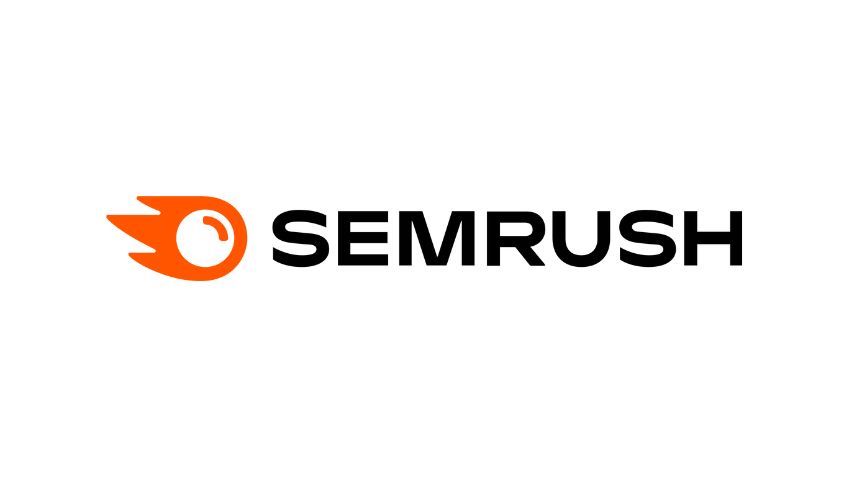
If you’re new to SEO, I highly recommend Semrush as your starting point.
Semrush is the easiest of the major suites to pick up while still being exceptionally deep. The interface gets you to answers fast without burying you in tabs.
Its rank tracking (“Position Tracking”) is fast and reliable, surfacing wins and losses at a glance. The Keyword Magic Tool, Backlink Gap, and Domain Overview make research and competitive analysis straightforward. Site Audit flags technical issues tied to Core Web Vitals (including INP) and indexability so you can prioritize fixes that move the needle.
Semrush also includes SERP feature tracking, intent labeling, and handy content briefs. You can start with a free trial (terms change occasionally), explore the toolkit, and then decide if it fits your workflow.
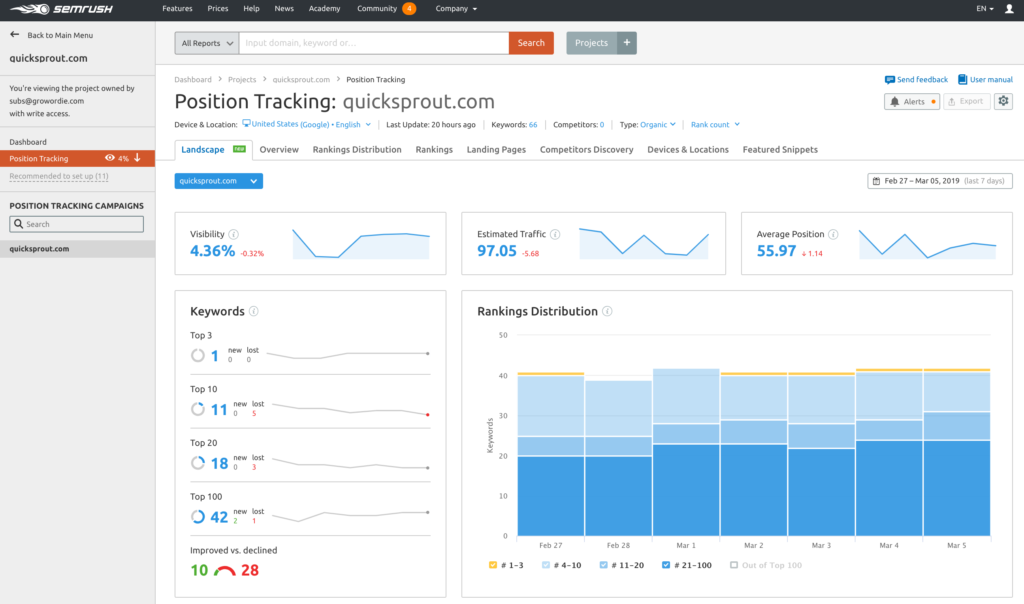
Pro tip: create one Project per site, connect Google Analytics 4 and Search Console, and schedule weekly audits. You’ll have a tight loop for content opportunities, technical fixes, and rank movement.
Best SEO Tool for Advanced Users: Ahrefs
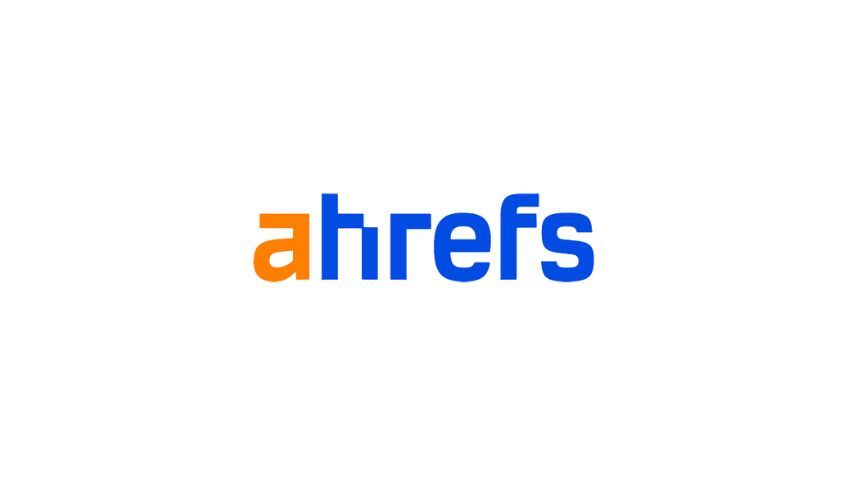
If you’re an experienced SEO and want the deepest link and content intelligence, Ahrefs is outstanding.
Site Explorer, Keywords Explorer, Content Explorer, and Rank Tracker reveal granular opportunities most suites miss. Ahrefs’ massive backlink index and anchor text analysis remain best-in-class for prospecting, digital PR, and competitive gap hunting. Recent additions also surface AI visibility alongside organic performance to help you understand how SERP changes affect traffic.
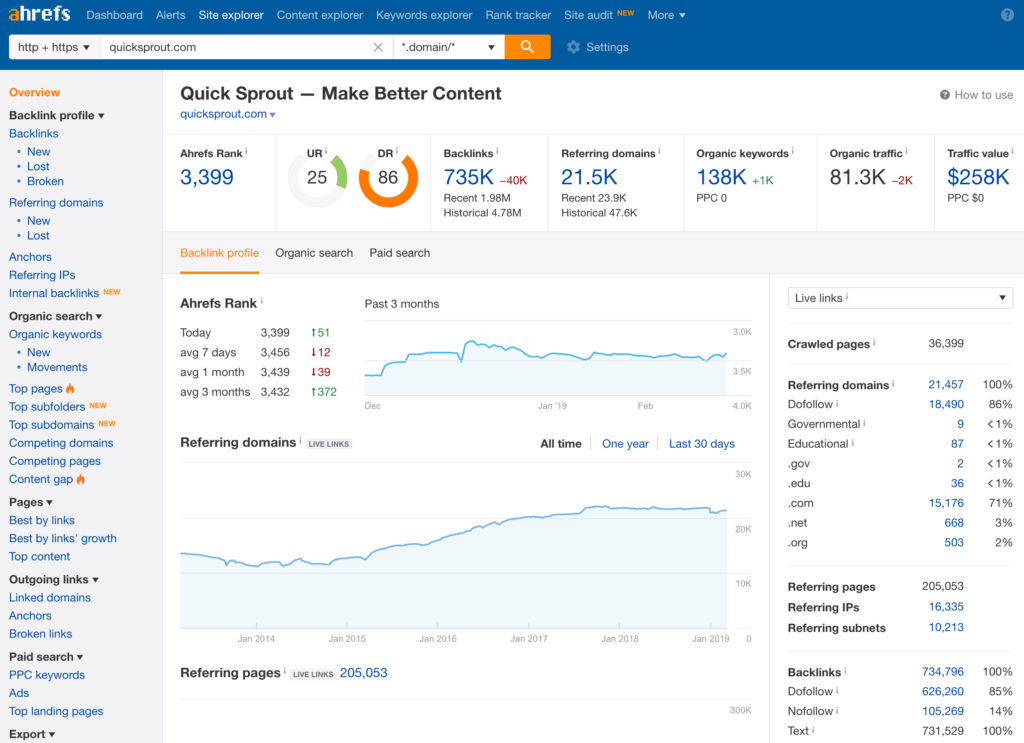
If link acquisition is a core growth lever for you, Ahrefs is hard to beat.
Best SEO Plugin for WordPress: Yoast
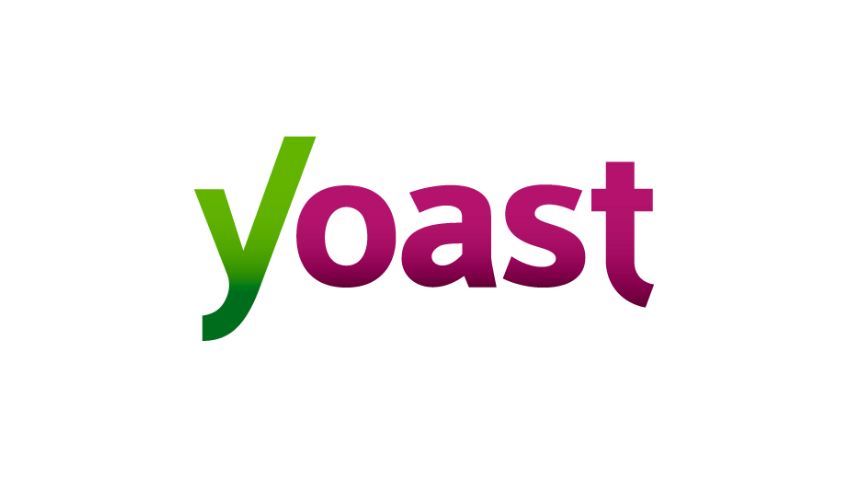
With thousands of WordPress plugins, Yoast remains a top pick because it covers the essentials reliably and adds a clean schema graph out of the box.
Use it to manage titles and meta descriptions, canonical URLs, robots meta, basic schema, and XML sitemaps. It also helps content creators catch readability issues before publishing.
For most sites, the free version is enough. Set it up properly, connect it with your publishing workflow, and move on to the higher-leverage work: content and links.
For a full list of top SEO plugins for WordPress, check out our recommended SEO WordPress plugins.
Best SEO Crawling Tool: Screaming Frog SEO Spider
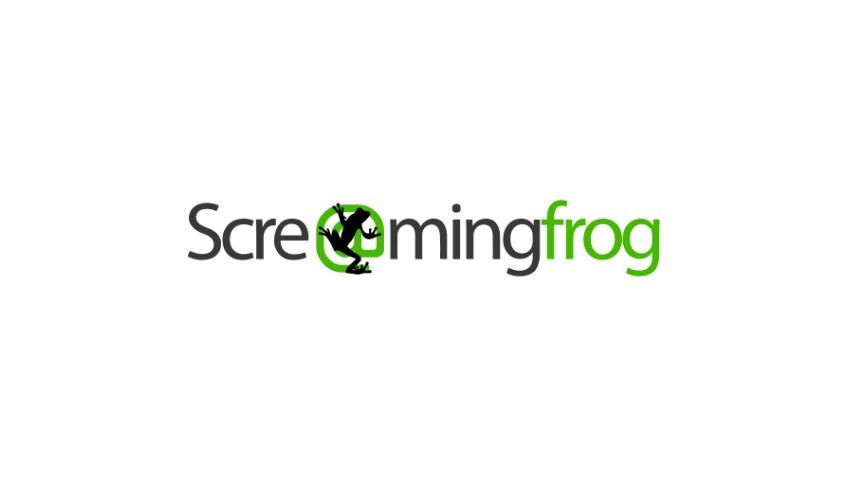
If you’re managing a medium or large website, you need a dedicated crawler like Screaming Frog SEO Spider.
Most all-in-one suites struggle with very large sites. Screaming Frog excels here—auditing thousands of URLs quickly, rendering JavaScript when needed, and integrating with Search Console and PageSpeed Insights to surface high-impact technical issues. The free version crawls up to 500 URLs; the paid license (annual) unlocks scheduling, saving, API connectors, and custom extraction.
It pinpoints broken links, redirect chains, thin or duplicate content, slow templates, missing and duplicate tags, orphaned pages, canonicals, and more. Use custom extraction to pull structured data or on-page elements at scale.
If you’re an agency or in-house lead, schedule recurring crawls so issues don’t pile up—don’t treat audits as a one-time task.
Best Outreach Tool: Pitchbox
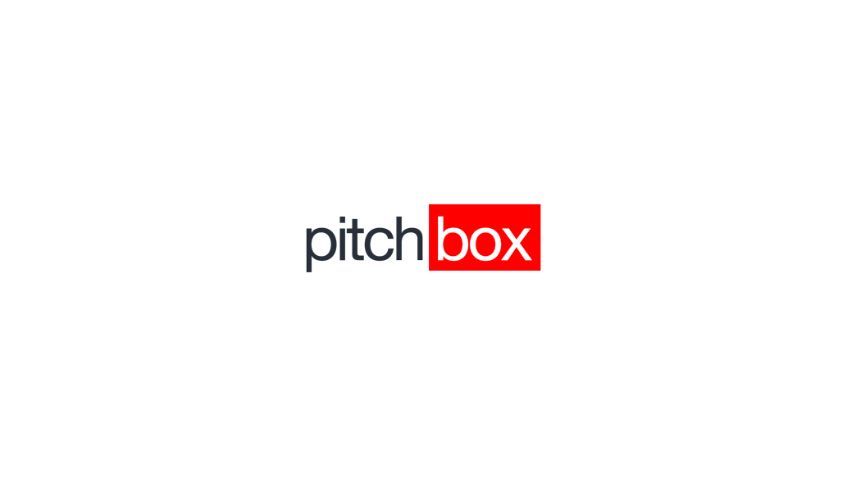
There was a time you could grow traffic just by publishing great content. We did it at scale with the KISSmetrics blog.
Today, competition is higher. Content still matters—but outreach accelerates results.
Manual outreach is painful to run and impossible to scale cleanly across a team. Tracking responses, follow-ups, and status gets messy fast.
Pitchbox streamlines prospecting, personalization, workflows, and reporting. Use it to coordinate campaigns, keep inboxes organized, and maintain a clean, ethical outreach process.
Leverage Google’s Free Tools
Google Analytics 4 is our go-to web analytics platform, and Google Search Console provides the most authoritative search performance data for your site. Together, they cover nearly everything you need—and they’re free.
We also have a comprehensive guide to setting up Google Analytics here.
Set up Google Search Console by verifying site ownership (DNS, HTML file, or meta tag). Then link GSC to GA4 so you can view search queries alongside on-site behavior in GA4’s Search Console reports. You don’t need Analytics to verify GSC, but connecting them gives you richer insights.
In GSC, use the Performance report for queries and pages, the Indexing report for coverage issues, and the Experience/Enhancements reports for structured data and Core Web Vitals. Note that INP (Interaction to Next Paint) replaced FID as a Core Web Vital on March 12, 2024, so prioritize responsiveness fixes accordingly.
We never work on a website without installing both GA4 and Search Console. They’re free and outperform most paid analytics add-ons for core SEO needs.
Top SEO Tools in 2025
Semrush and Ahrefs remain our top all-around tools. If you’re running a WordPress site, Yoast SEO is a smart default. For crawling and technical audits, use Screaming Frog, and for link acquisition at scale, Pitchbox is our pick.
The right stack helps you spot opportunities faster, prioritize with confidence, and adapt as search evolves. Semrush and Ahrefs lead for data depth and workflow speed. Yoast handles the on-site basics, Screaming Frog keeps your site clean, and Pitchbox makes outreach manageable.
SEO Tool Summary for 2025: The Must-Have SEO Tools
Here’s a quick recap of the best SEO tools in 2025:
- Semrush: Best all-in-one suite for rank tracking, keyword research, competitive intel, and site audits—great for beginners and pros.
- Ahrefs: Best for advanced users who need deep link data, historical trends, and granular research controls (now with AI visibility tracking alongside organic).
- Yoast SEO: Essential WordPress plugin for titles, metadata, schema, sitemaps, and editor-friendly guidance.
- Screaming Frog: Elite crawler for large sites and recurring technical audits; excellent for catching issues at scale.
- Pitchbox: Outreach CRM that streamlines prospecting, personalization, follow-ups, and reporting for link building.
Use this stack to drive measurable gains in traffic and visibility. The tools multiply your effort—but it’s your strategy, content quality, and execution that win.
Additional SEO Tips for 2025
Tools are only half the game. Pair them with these priorities in 2025:
- Prioritize E-E-A-T (Experience, Expertise, Authoritativeness, Trust): Show first-hand experience and clear author credentials. Cite sources, add bios, and include proof (data, screenshots, original images).
- Master intent and information gain: Go beyond the obvious answer. Add unique insights, examples, checklists, and visuals that genuinely help the reader complete a task.
- Stay on top of Core Web Vitals: Optimize LCP, INP, and CLS. Faster pages and responsive UX protect rankings and conversions.
- Use structured data: Implement schema where relevant (Article, Product, HowTo, FAQ, Organization) to improve understanding and eligibility for rich results.
- Refresh and consolidate: Update content regularly, merge overlapping pages, and prune thin content that can’t be improved.
- Strengthen internal links: Build topic clusters and add contextual links to help users (and Google) navigate deeper.
Combine these practices with the toolset above and you’ll build durable rankings—not just short-term wins.
Final Thoughts on SEO Tools for 2025
Don’t chase every shiny tool. Pick a reliable core suite, add targeted tools for crawling and outreach, and focus your time on shipping genuinely useful content and steady technical improvements.
Choose a workhorse (Semrush or Ahrefs), pair it with Yoast on WordPress, use Screaming Frog for audits, and manage outreach in Pitchbox. That stack covers 90% of what matters.
SEO is ongoing. Keep learning, keep publishing, and keep improving. With the right tools and a helpful, user-first approach, you’ll set yourself up for sustainable growth in 2025 and beyond.
